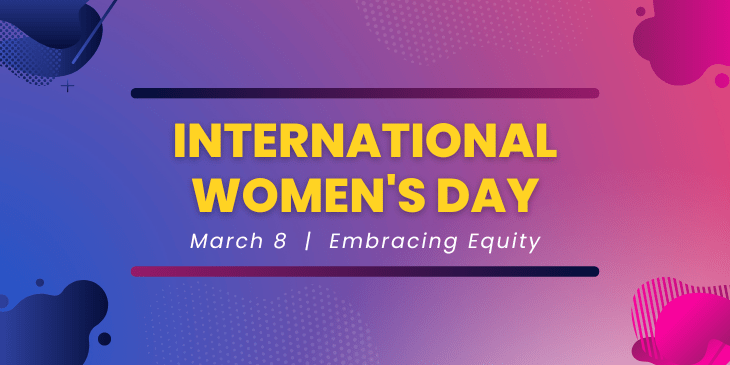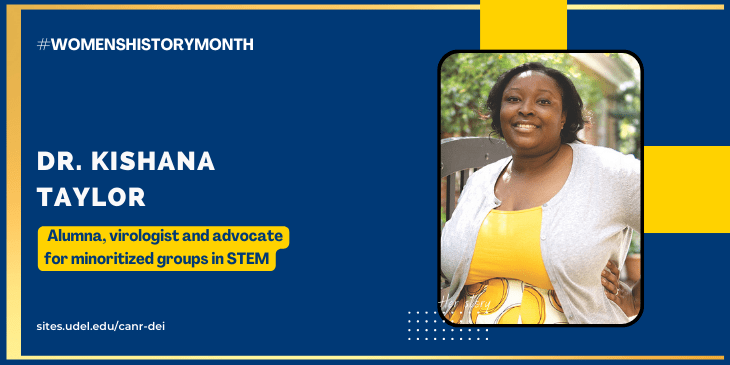According to the National Women’ns Hall of Fame, today’s supermarket refrigerated and frozen food sections are the direct result of the pioneering work of Dr. Mary Engle Pennington. A bacteriological chemist, food scientist and refrigeration engineer, Pennington devoted most of her career to studying refrigeration and its application to food freshness and safety.
Pennington’s interest in science was apparent early when, at age 12, she became fascinated with a book on medical chemistry. She went to the University of Pennsylvania and demanded that a professor explain what she had read to her. The professor suggested that she learn to read and spell the words and return when she was older, promising to help her when she did so.
Denied a bachelor’s degree in 1892 because of her gender, Mary Engle Pennington received a certificate of proficiency in chemistry and then earned her Ph.D. in chemistry at the same institution, the University of Pennsylvania, in 1895. She founded the Philadelphia Clinical Laboratory in 1898, joined the US Department of Agriculture in 1905, became FDA’s first female lab chief under Harvey Wiley following the passage of the 1906 Pure Food and Drugs Act and became the Chief of its Food Research Lab in 1908.
Pennington’s work helped establish that maintaining low bacterial counts in refrigerated foods such as eggs, milk, and cheese was critical to food safety and purity. Pennington steadfastly refused to appear in court hearings or allow her staff to do so, keeping her sole focus on research.
In 1919 she left civil service to continue her work on food preservation. Then she developed new interests in the safety of the new frozen foods that dominated the later years of her professional life.
In 1923, Pennington was recognized by the American Society of Heating, Refrigeration and Air-conditioning Engineers (ASHRAE) as the foremost American authority on home refrigeration. She was profiled by the New Yorker as “Ice Woman” in 1941, was the first woman elected to the Poultry Historical Society Hall of Fame (1959) and was elected a fellow by the American Society of Refrigerating Engineers in 1947.
Comments closed




